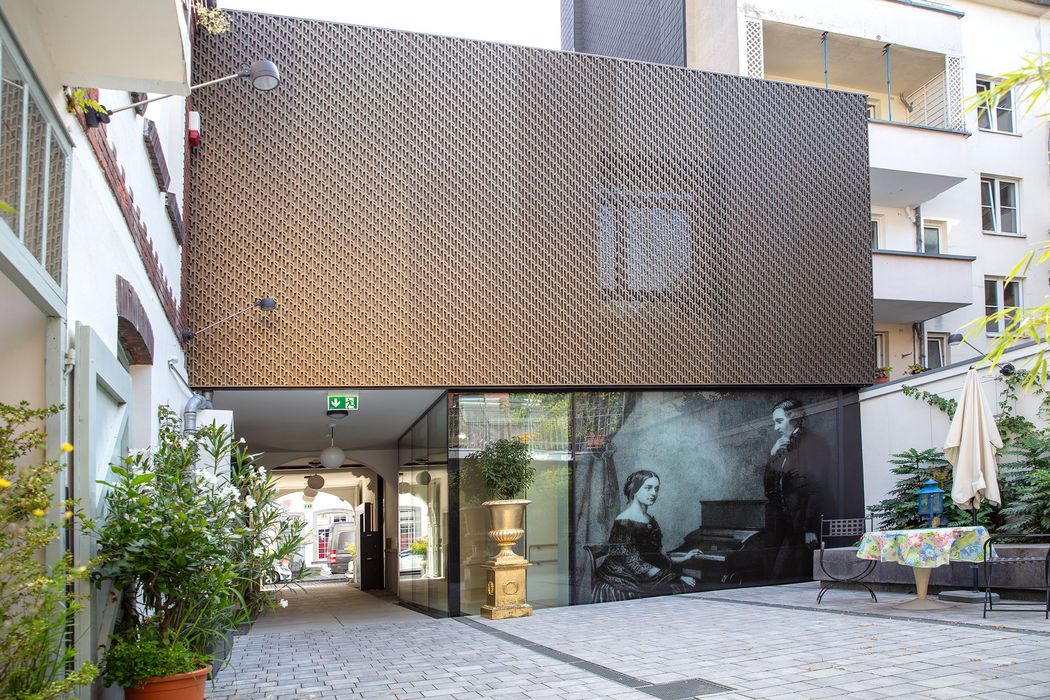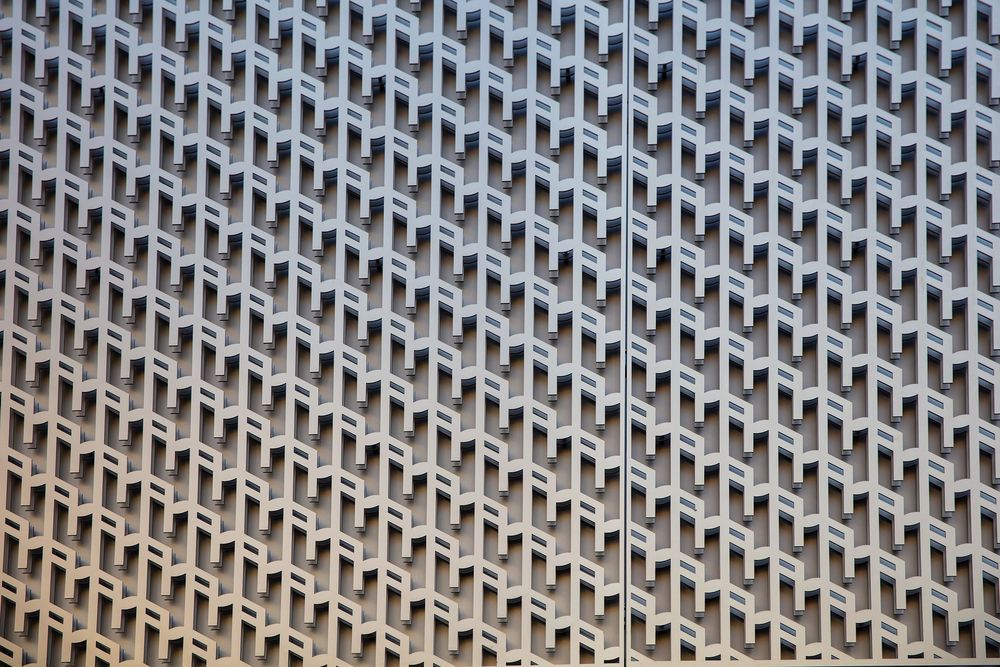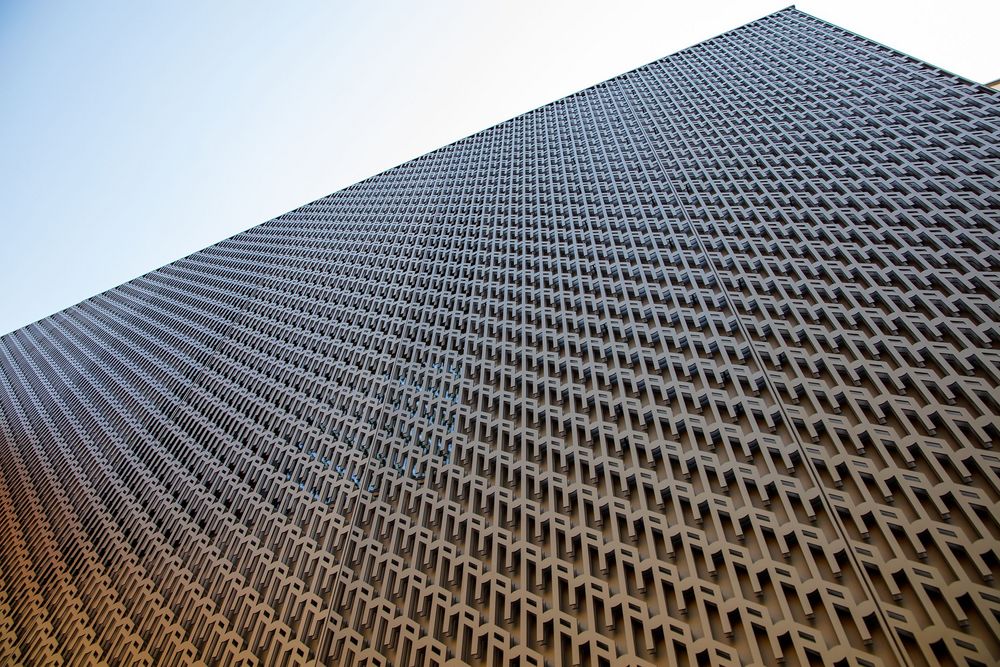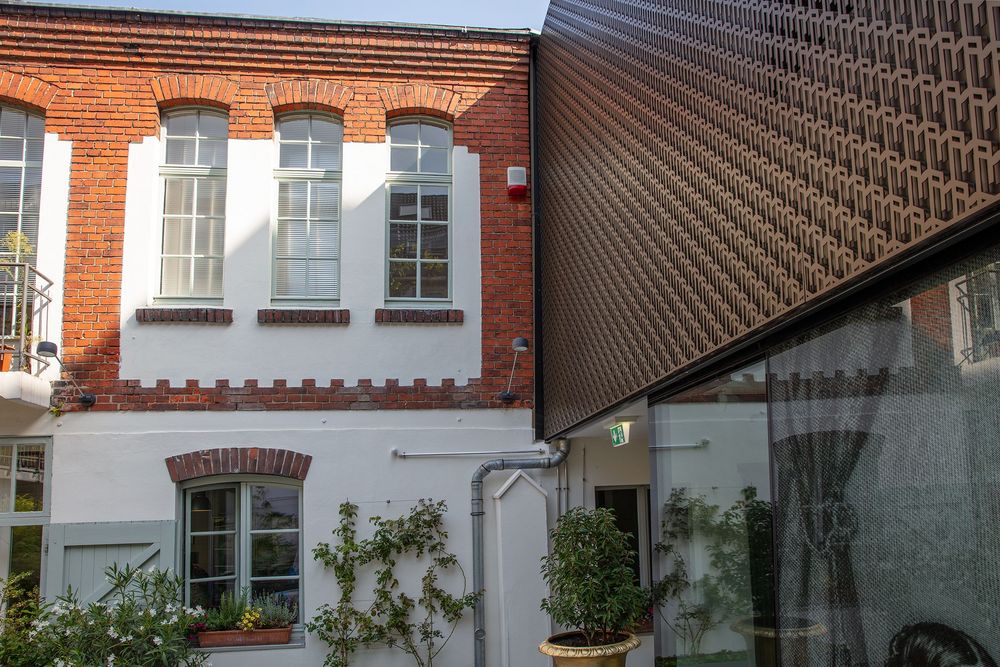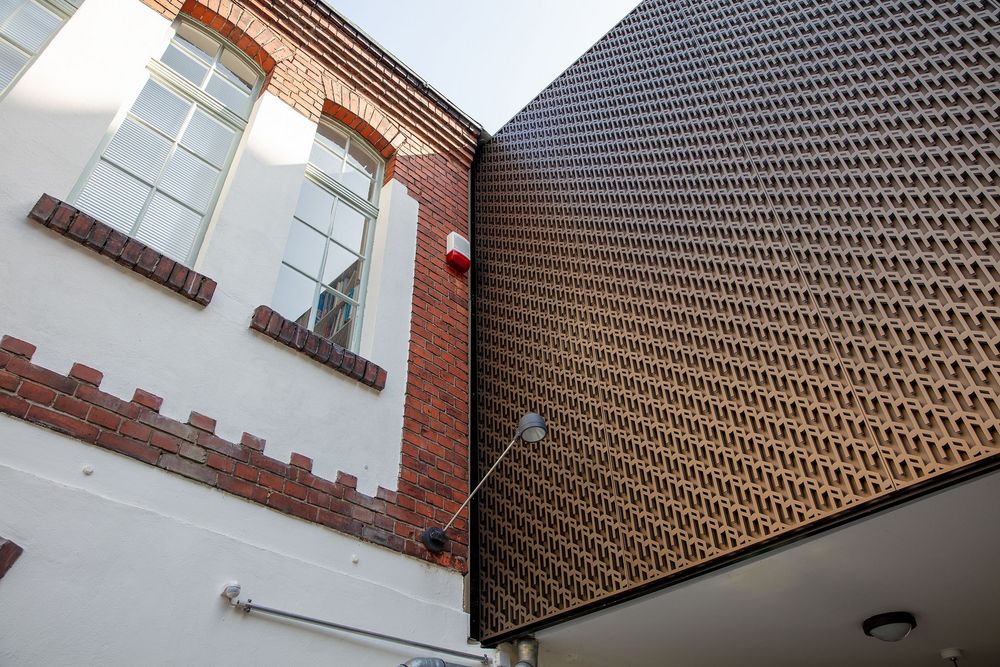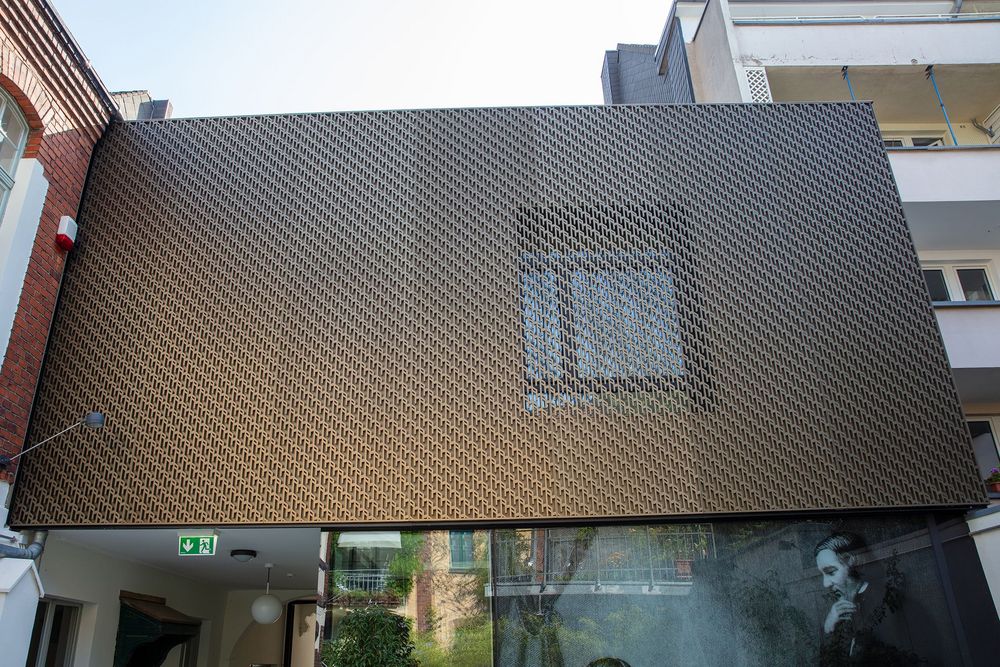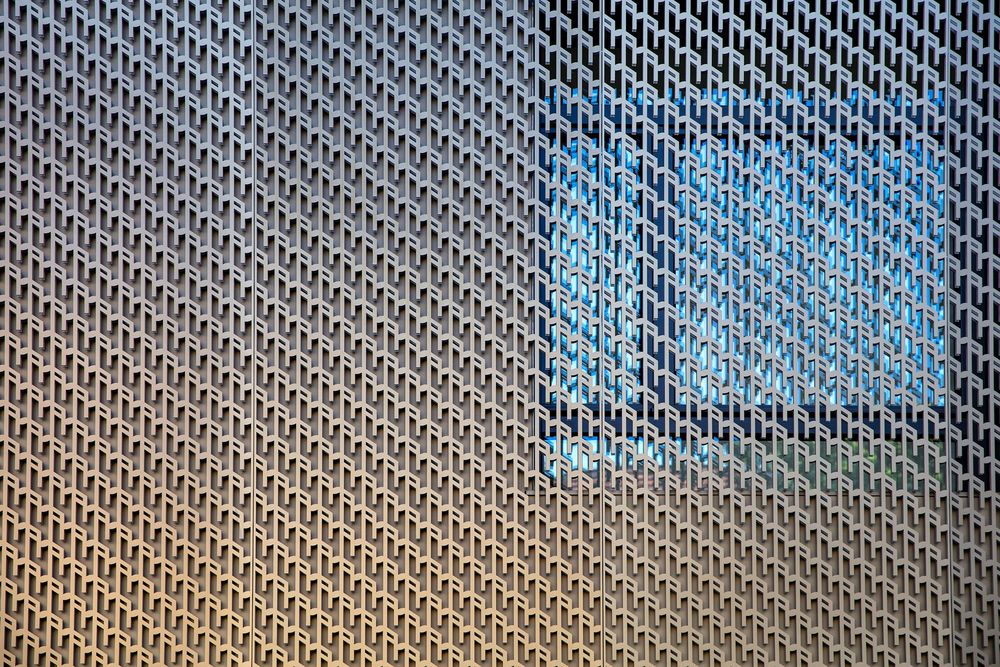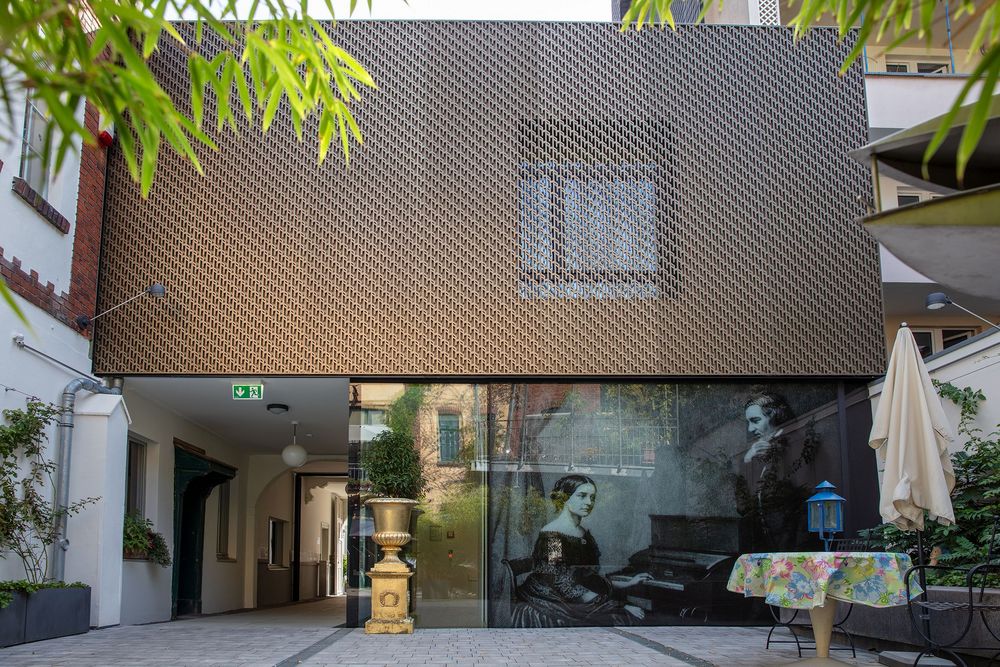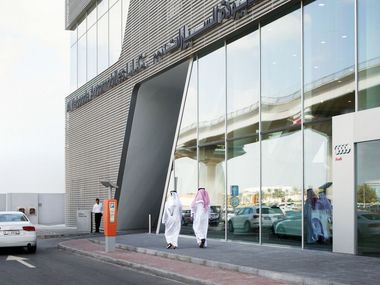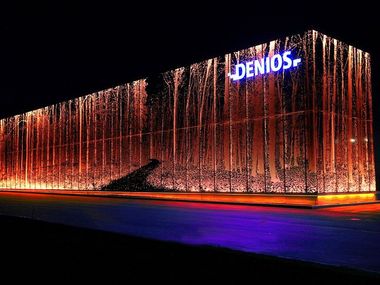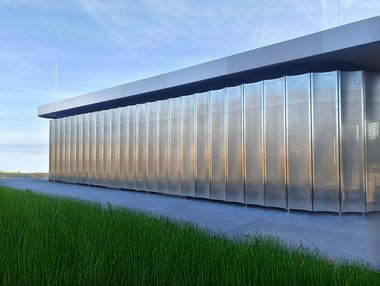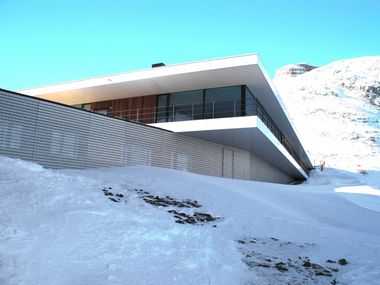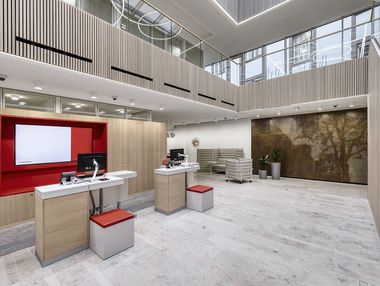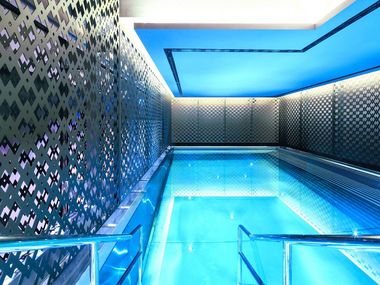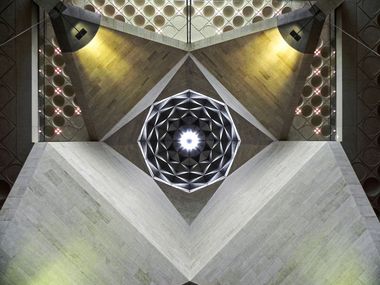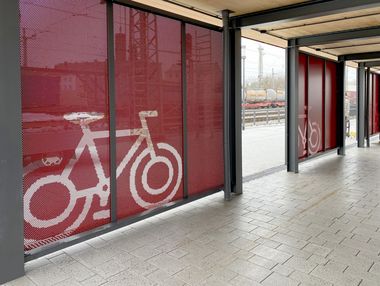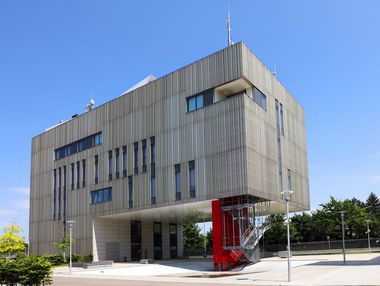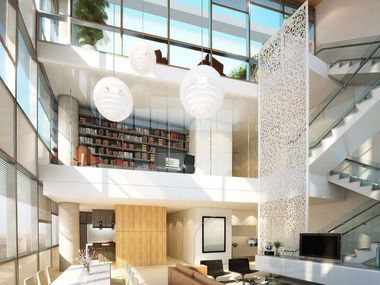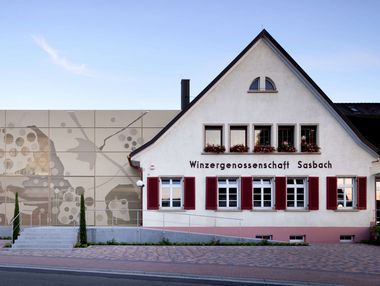
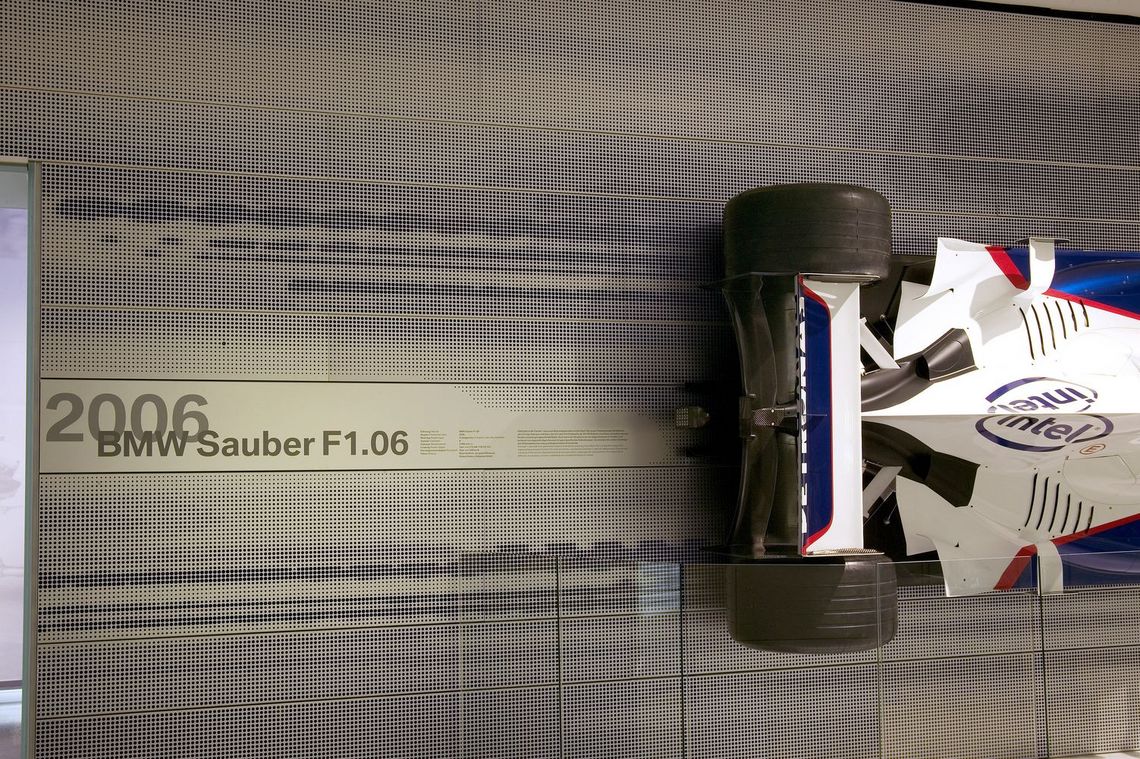
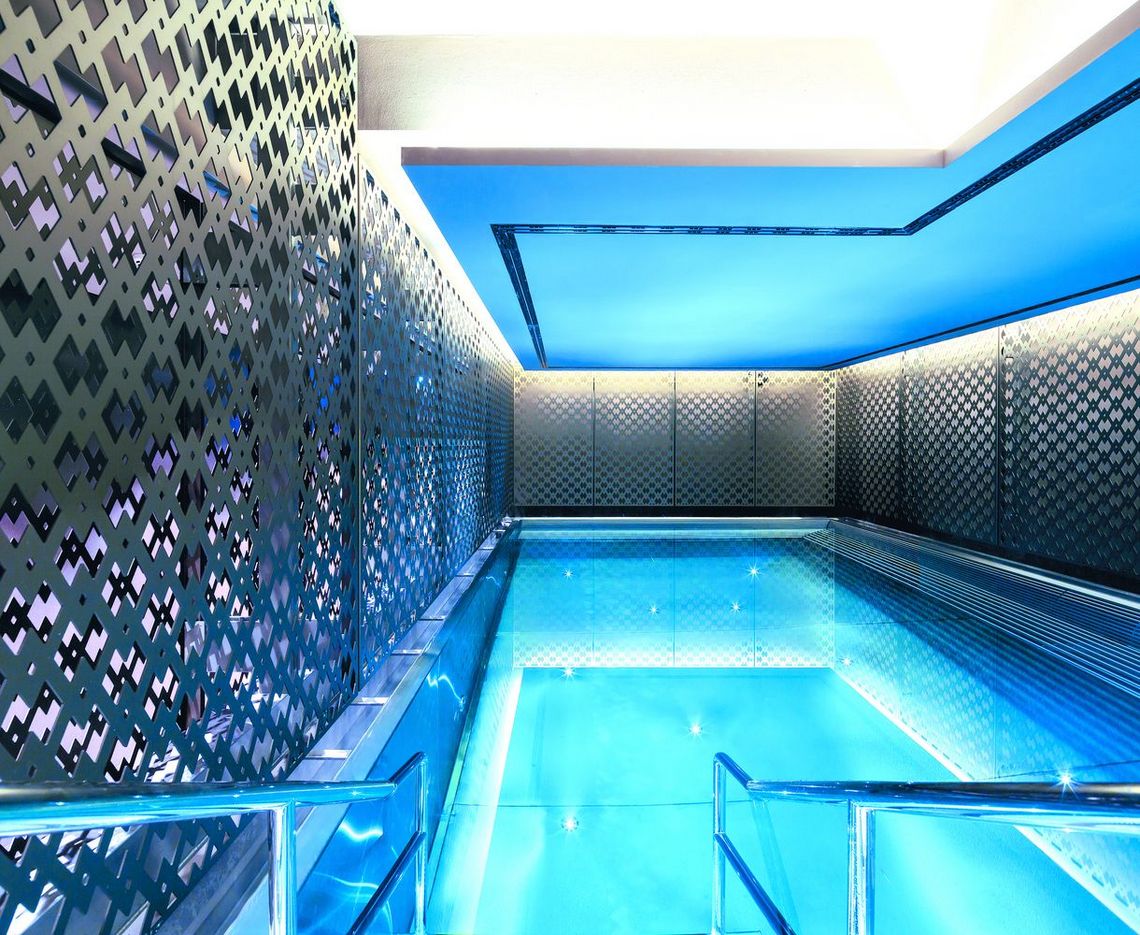
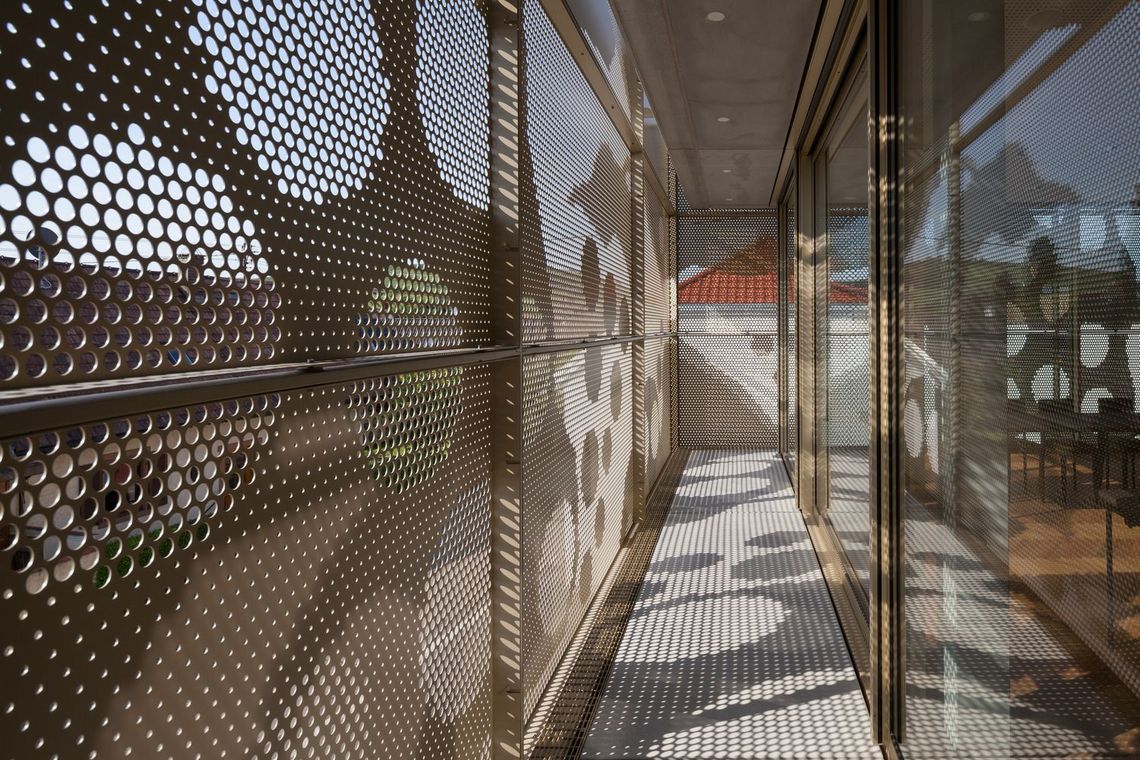

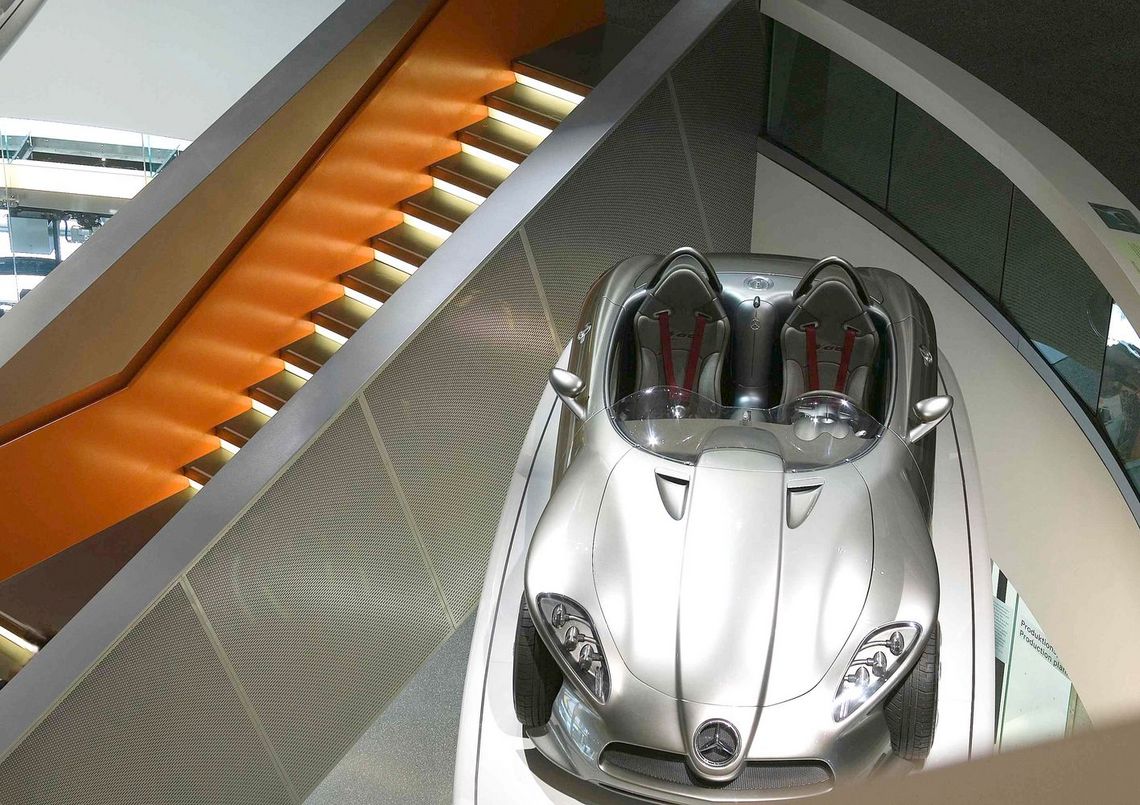

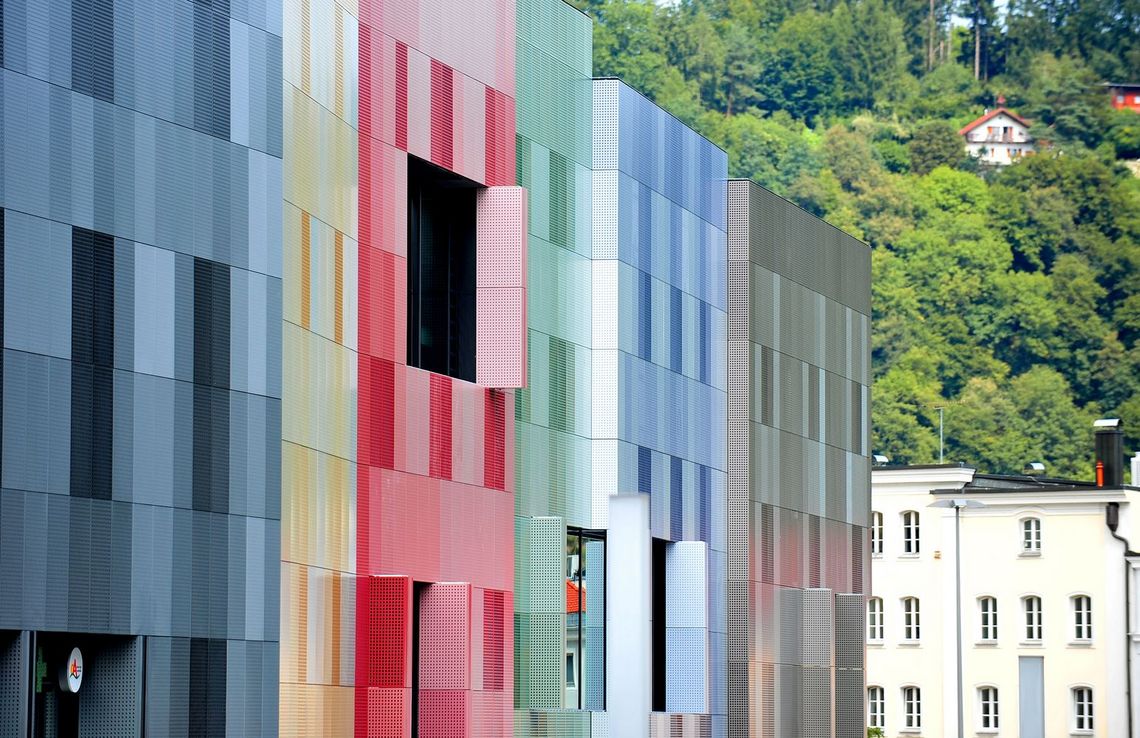
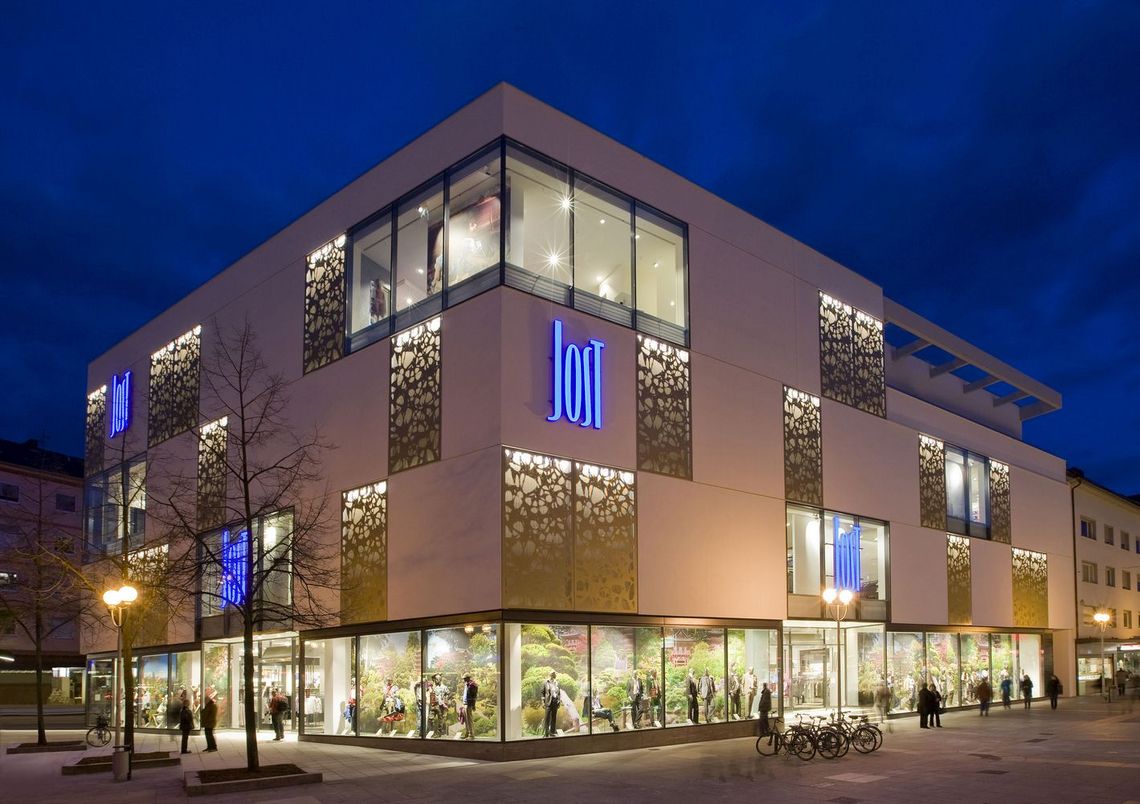
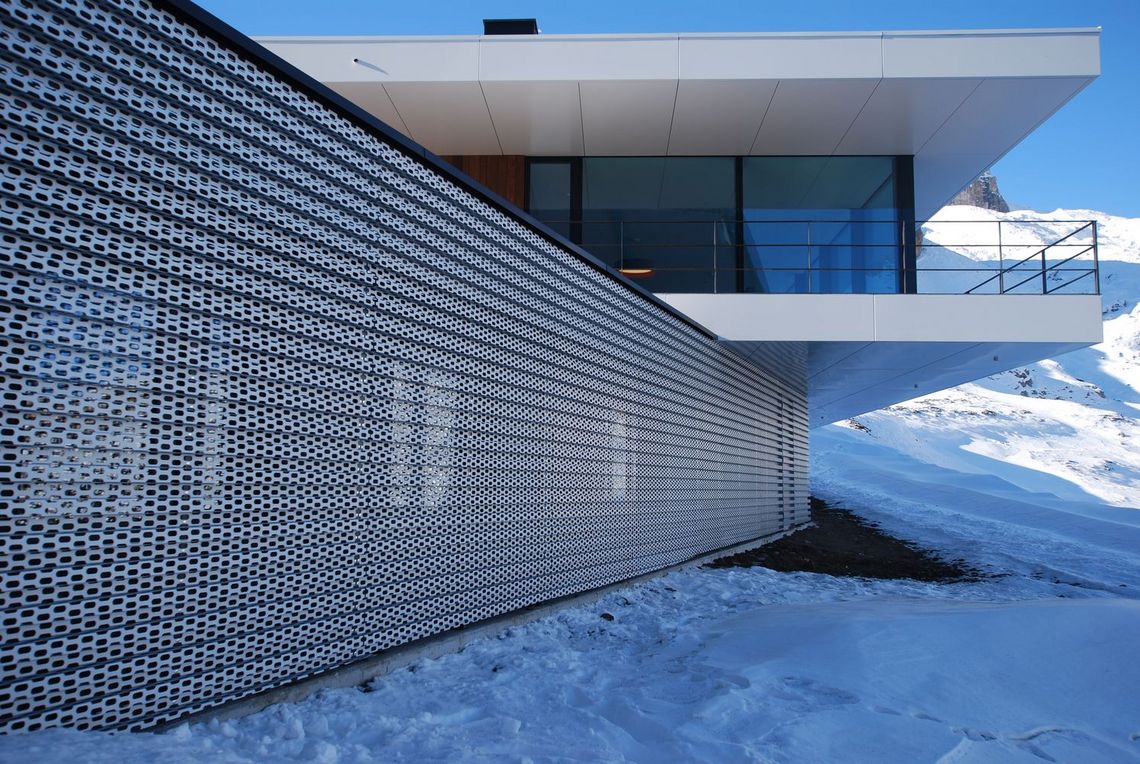
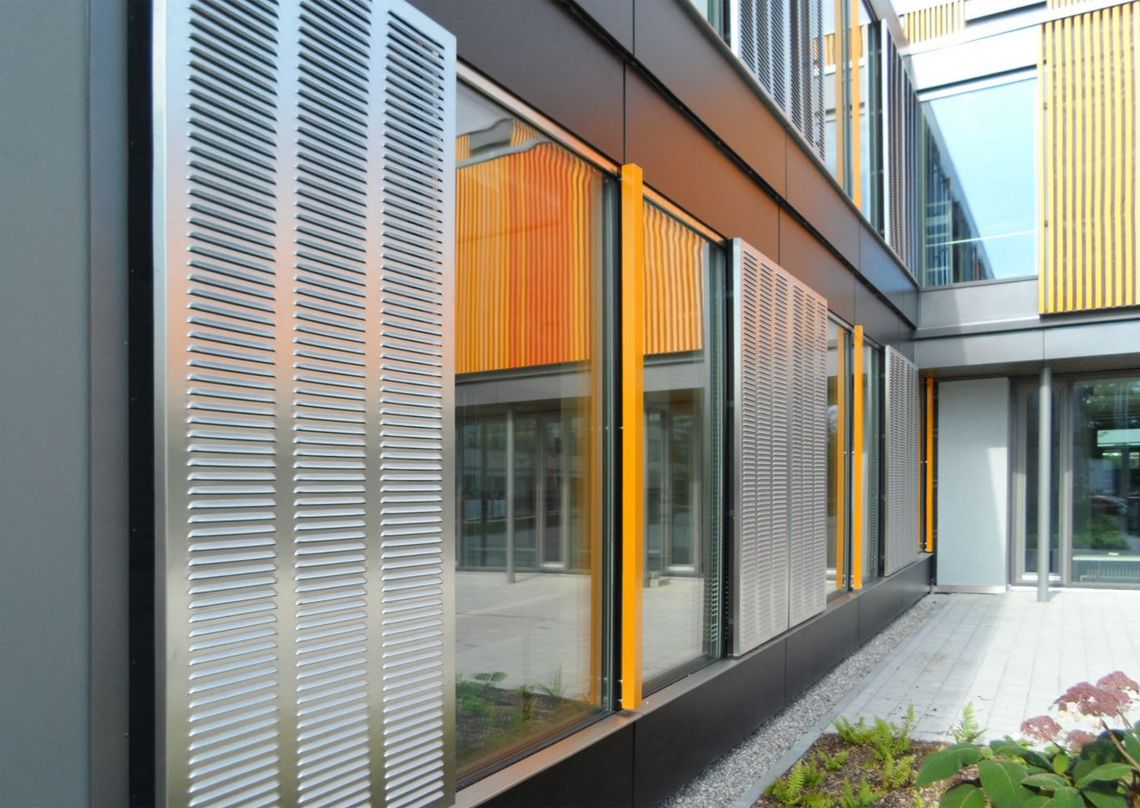
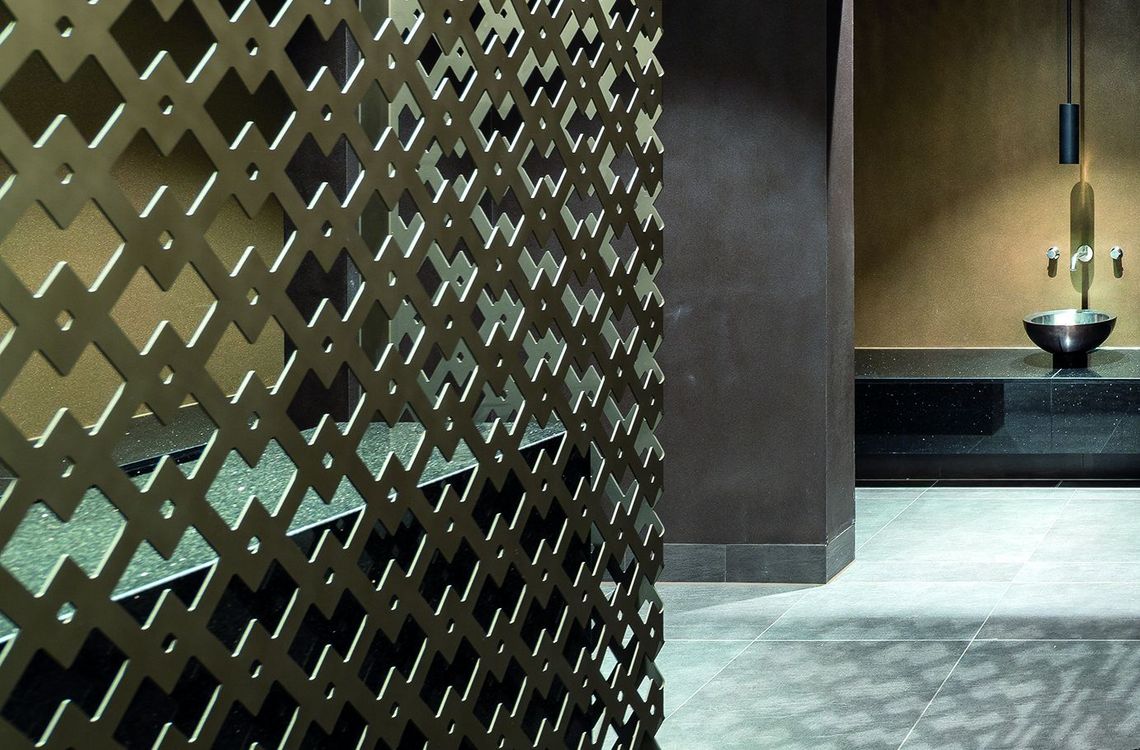
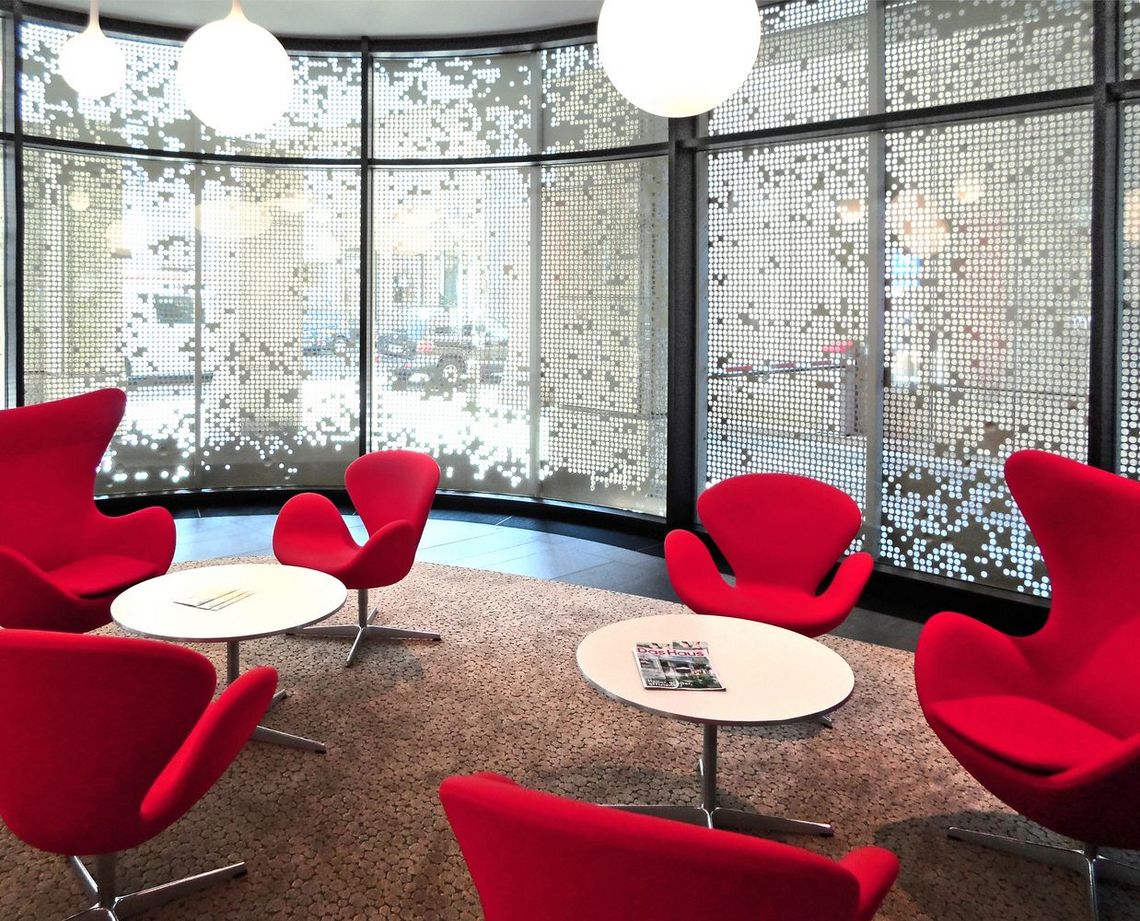
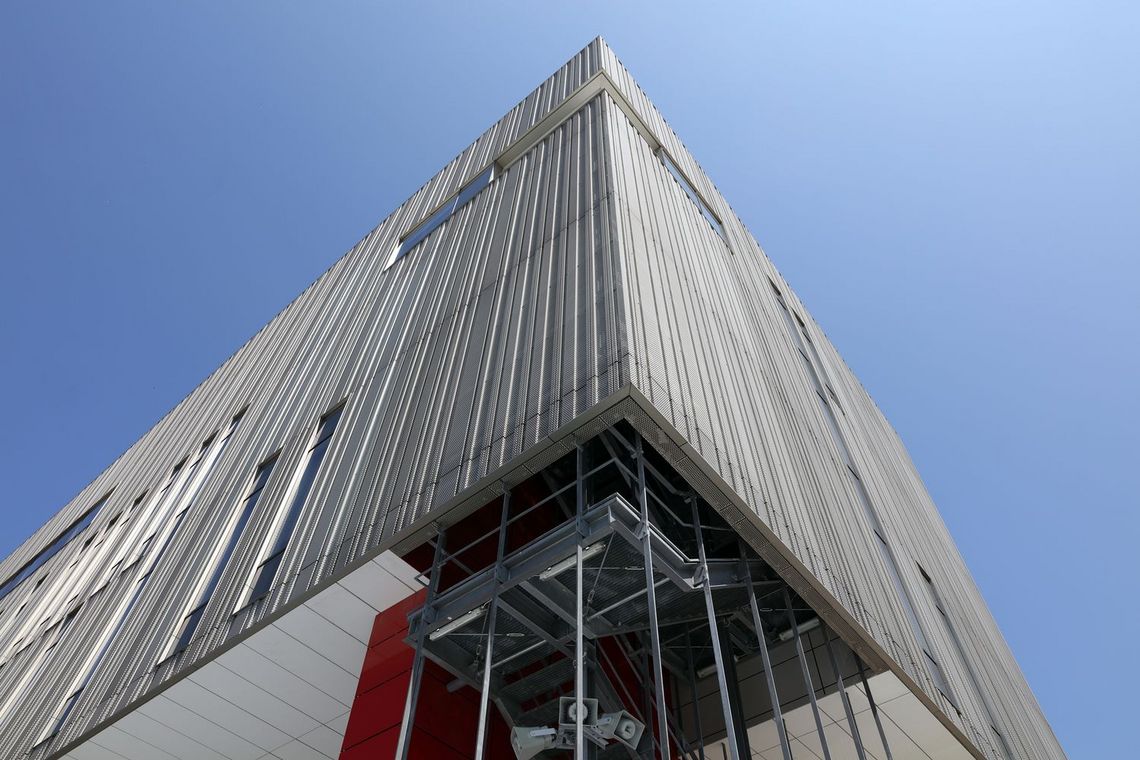
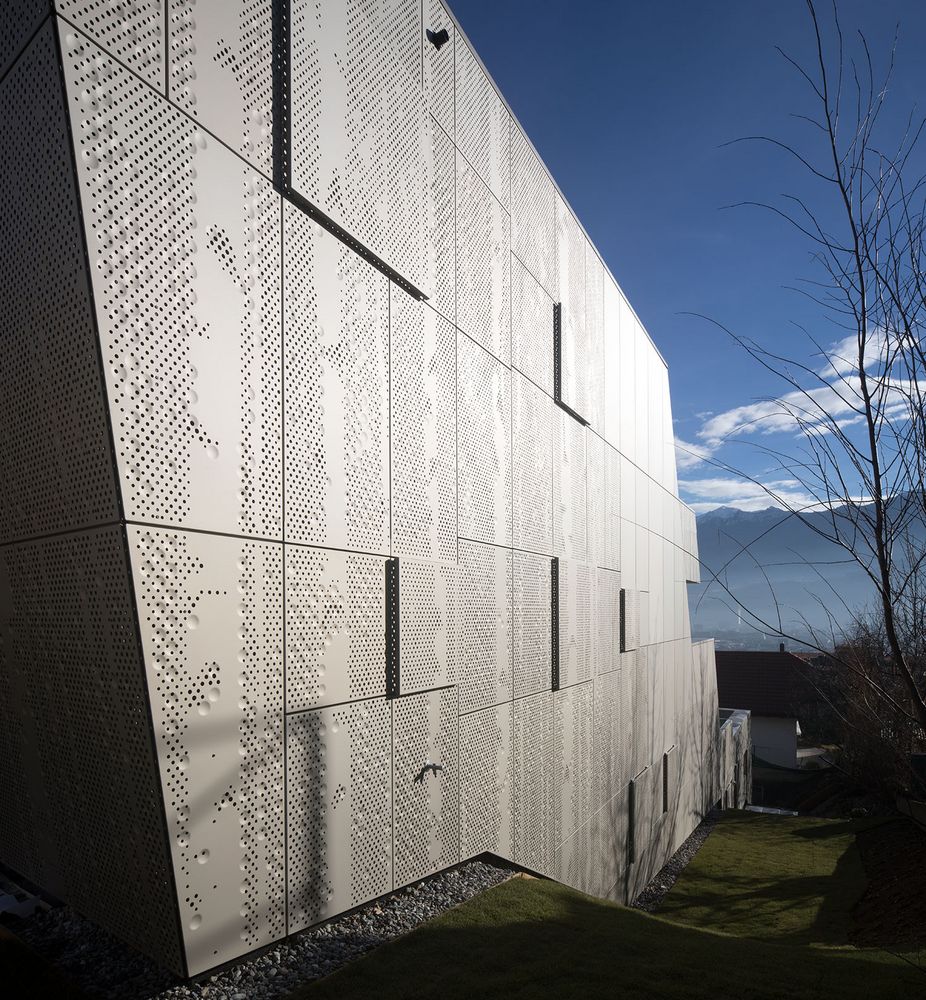
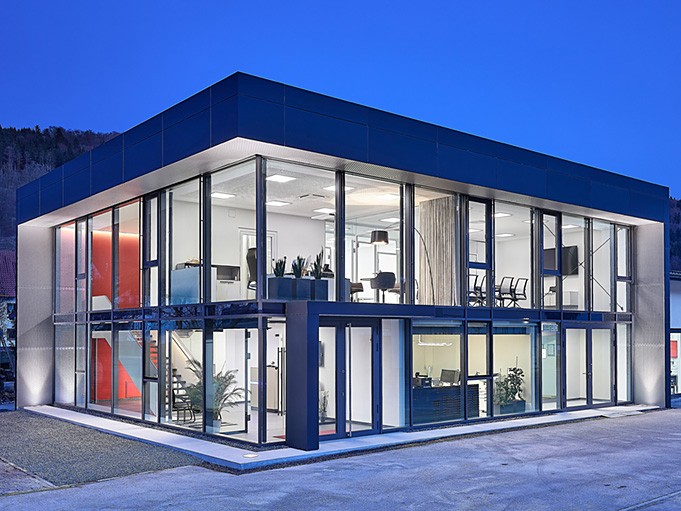
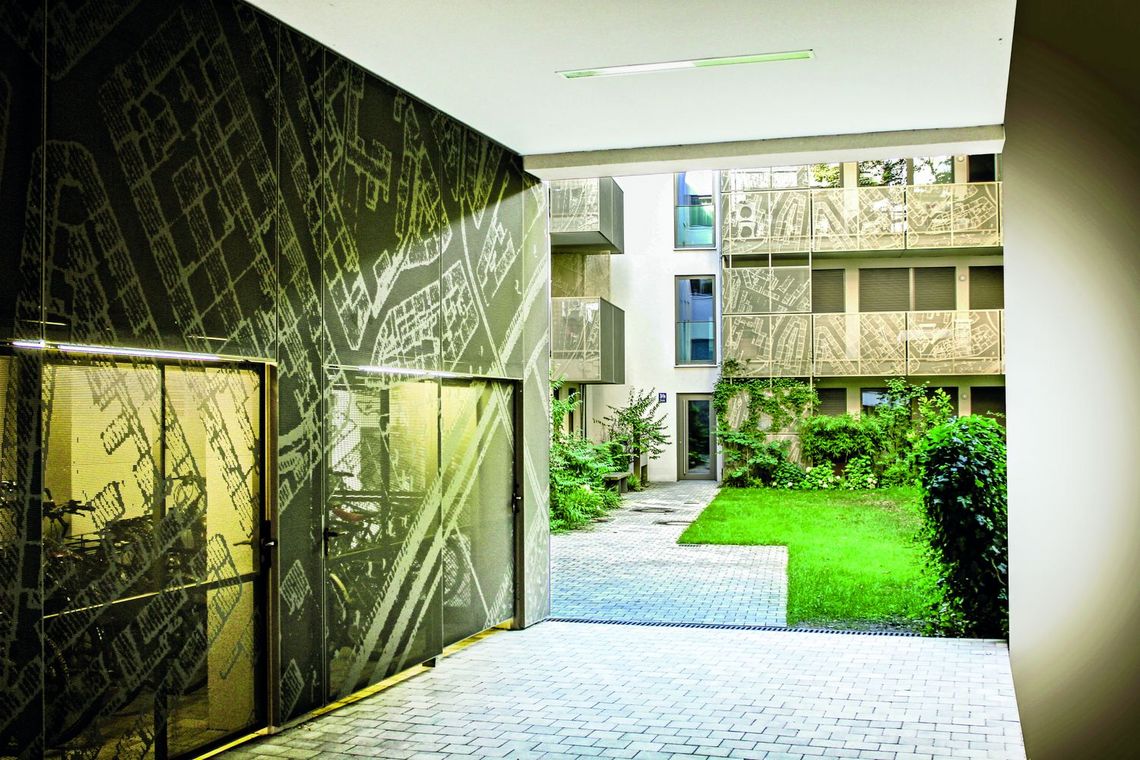
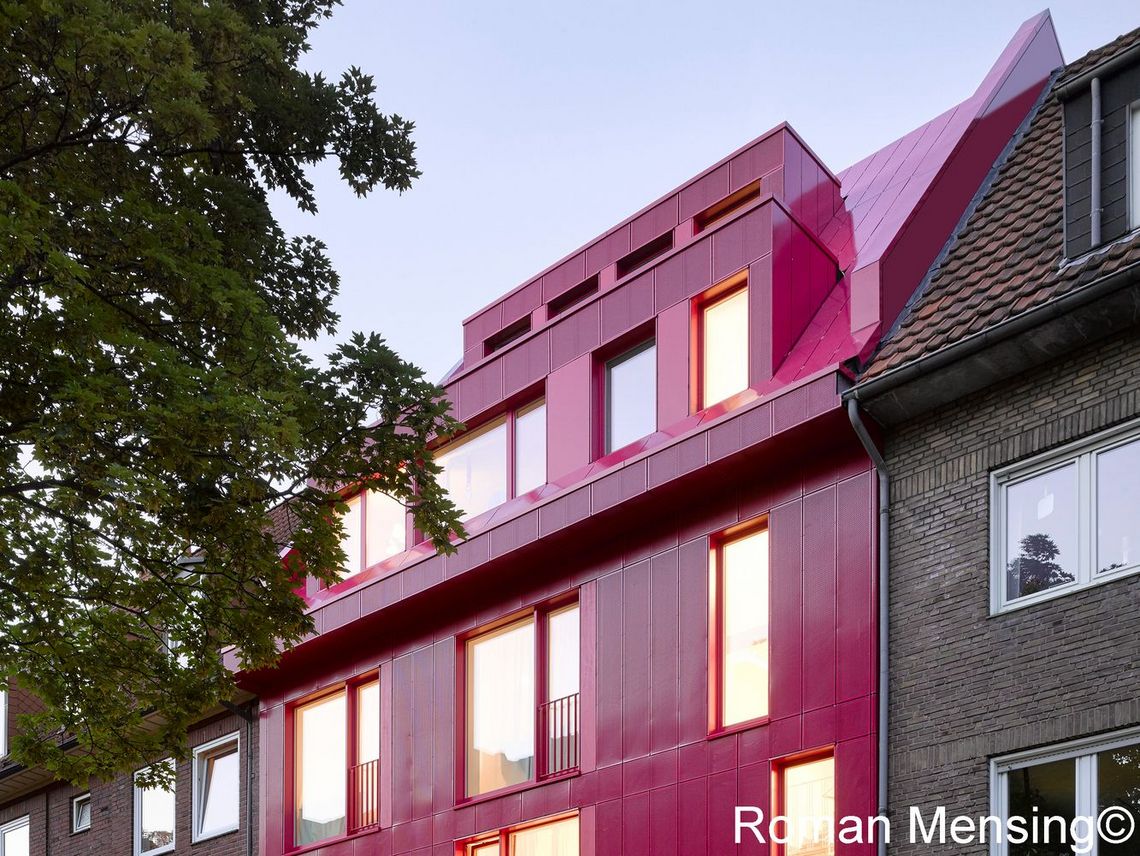
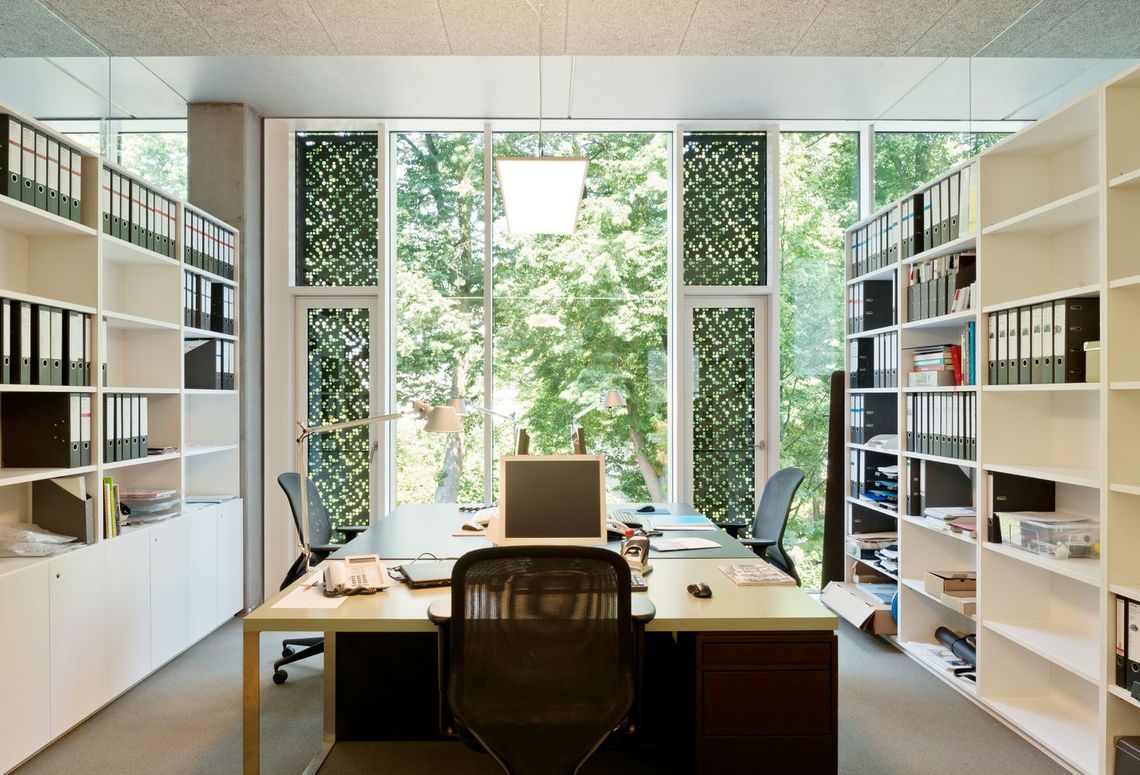
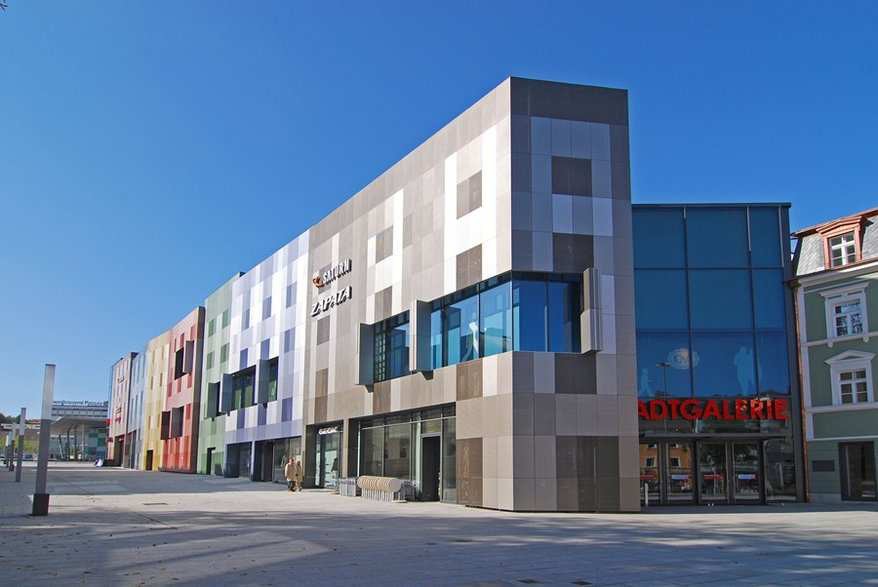
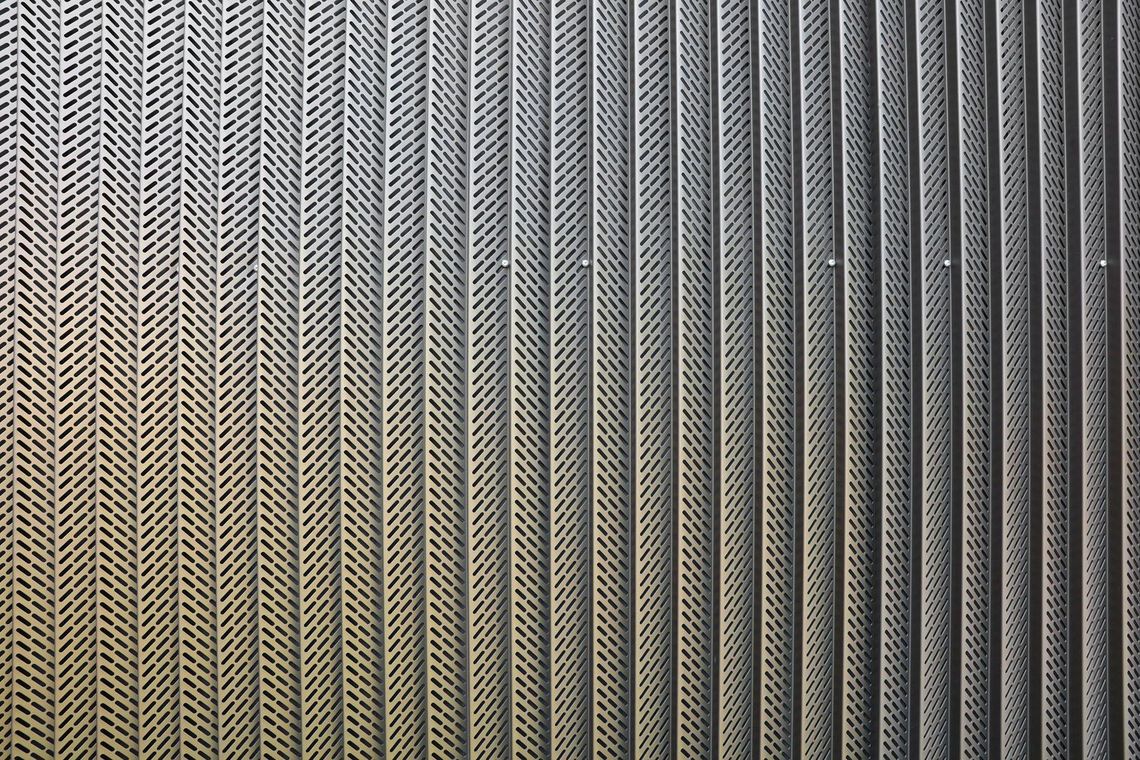
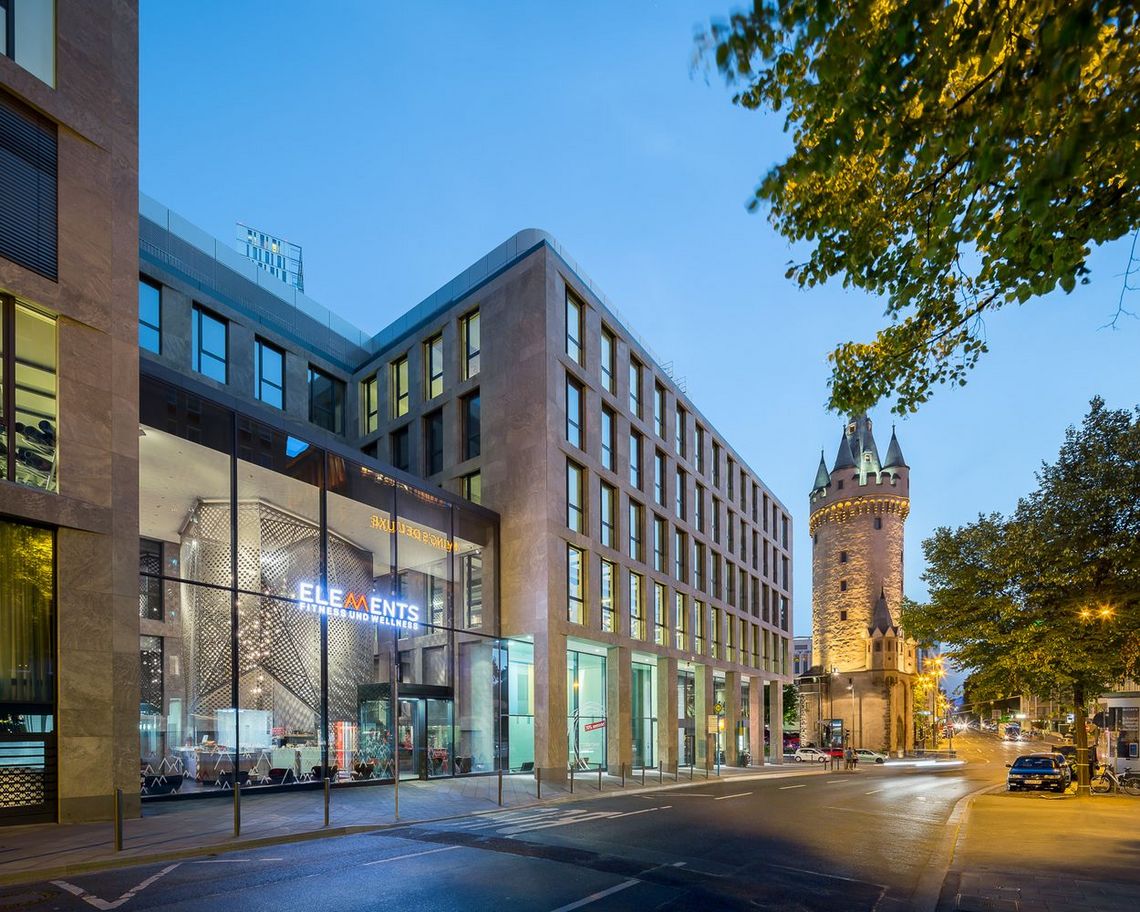
Schumann House Düsseldorf
1. Overview & Context
The Schumann House, located at Bilker Straße 15, is the historically significant last residence of Robert and Clara Schumann in Düsseldorf. It has been preserved in its historical substance and reopened as a museum in December 2023 following renovation.
A special feature of the renovation is the modern exterior cladding: perforated metal sheet with a musical note motif, symbolically referring to the Schumanns' musical heritage.
2. Design & symbolic effect
The perforated sheet metal cladding displays musical notes as a visible and tangible reference to the music of the house.
Visually, it combines tradition and modernity: a contemporary layer overlays the historic walls without obscuring them – music history is made visible.
3. Materials & technical effect
Anodised aluminium in colour E6C32 – weatherproof and malleable for complex patterns.
The musical note motifs were created through targeted perforation: the aluminium sheet metal acts both as protection and as a communicative surface.
4. Functional aspects
Protection of the building façade: the sheet metal protects the historic structure from the elements – yet it remains visible and tangible.
Symbolic accentuation: The musical imagery makes the museum immediately identifiable from the outside.
5. Significance in the context of monument preservation
The renovation, carried out in accordance with monument preservation guidelines, has carefully modernised the façade: the perforated sheet metal does not introduce a new, dominant element, but rather reflects the theme of the building's use – music and Schumann – in an elegant and understated manner.
The historic building fabric – windows, walls, room structure – has been preserved. The modern façade acts as a mediating layer, connecting the past and the present.
6. Impact on the urban space
The perforated sheet metal gives the building a cultural identity that is immediately recognisable in the urban context – it marks the location as a museum and recalls its musical significance.
Visitors are given an indication of the building's contents from the outside – an architectural calling card.
